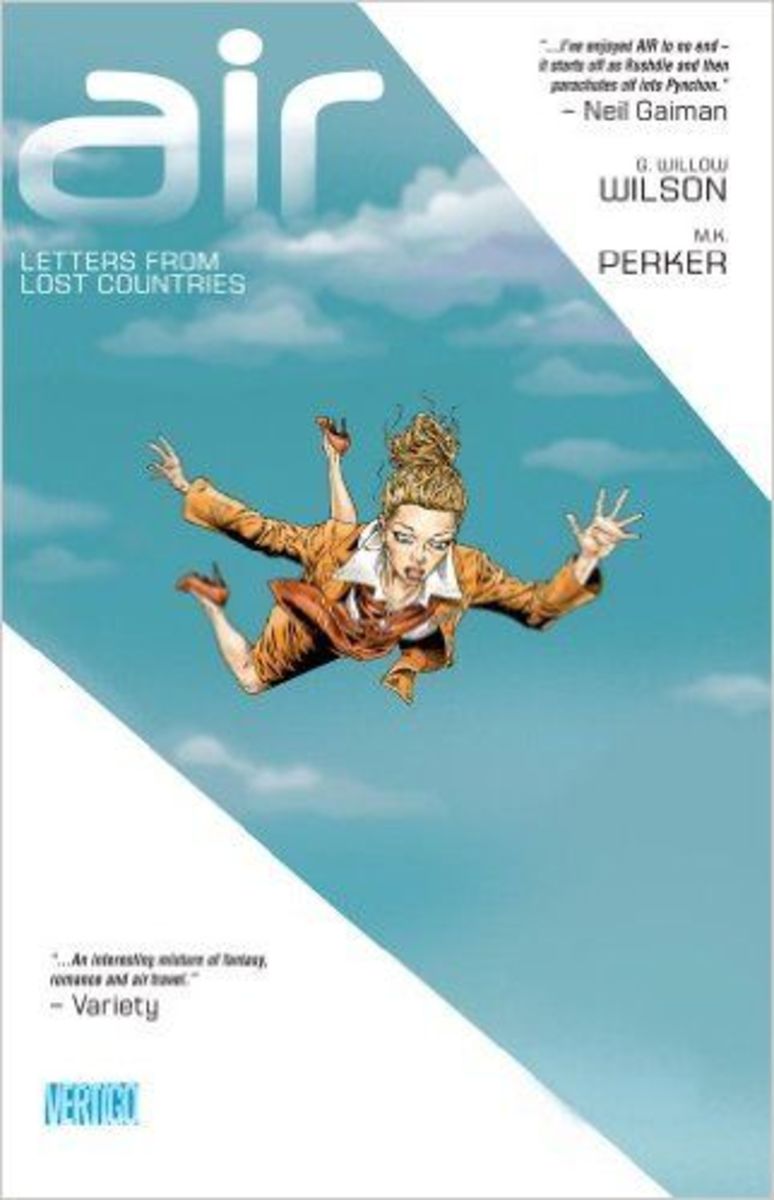Film-themed image
Vonnegut was a prisoner of war in Dresden when what he called ‘possibly the world’s most beautiful city’ was destroyed by incendiary bombs, and struggled to write his war book for almost 25 years https://voltage-bet.info/ncaa/. Kawada was a young photographer working in post-war Hiroshima when he began to take the strange photographs of the scarred, stained ceiling of the A-bomb Dome – the only building to survive the explosion – that he would eventually publish on August 6 1965, 20 years to the day since the atomic bomb was dropped on the city.
Simon Norfolk (British born Nigeria, b. 1963) Bullet-scarred apartment building and shops in the Karte Char district of Kabul. This area saw fighting between Hikmetyar and Rabbani and then between Rabbani and the Hazaras 2003 © Simon Norfolk
These works led me to attempt to create this photographic book, using the notion of the map as a clue to the future and to question the whereabouts of my spirit. Discarded memorial photographs, a farewell note, kamikaze pilots – the illusions of various maps that emerge are to me like a discussion with the devil. The stains are situated as a key image of the series by drawing a future stratum and sealing the history, the nationality, the fear and anxiety of destruction and prosperity. It was almost a metaphor for the growth and the fall.
Film graphic
To make a start, watch a television show and try to recreate stuff you see on screen — it’s as simple as that. If you have no idea how to even begin, that is tremendously reasonable, and the best thing to do is start Googling and Youtubing everything in sight. Start small with birthday cards and fancy design-y presents for your fanciest friends, then start making stuff good enough to photograph, display, and put in a portfolio.
The future of graphic design in films and television is promising, as emerging technologies like virtual reality (VR), augmented reality (AR), and interactive media are transforming the entertainment industry. VR allows viewers to experience narratives from a first-person perspective, while AR overlays digital elements onto the real world, blending the virtual and physical.
The graphic designer is responsible for submitting any graphic designs for clearance approval by the production’s legal team. This is a crucial step to ensure the design is legally compliant, does not violate copyright laws, and can be used in film production without legal issues.
So, I took to the streets and yelled ‘I AM A GRAPHICS LADY’ on the assumption that a sense of drama would have The Film People flocking to me — and by this I mean I tried e-mailing people and found out it’s not super easy to get into the film industry, even with the ever-desirable archaeology and anthropology degree.
While design for the real world is all ‘here’s a logo and a mockup’, for film and TV you want to be able to demonstrate that you can a) design from the perspective of a character, b) make those props so they don’t look like they’re straight from the printer, c) lay these out nicely and create a story with them.
Motion graphics also allow television networks and production studios to establish a consistent visual language across their programming, creating a unified brand identity that viewers can recognize and associate with the network or production company. This branding extends beyond the content and can be seen in promotional material, advertisements, and on-screen transitions. Consistency in motion graphics helps build familiarity and trust with the audience, enhancing brand recognition and loyalty.
Retro graphic
If you want to recreate this image, then Picsart is the perfect platform for you. Open the app then pick an image either from your gallery or from the library of free images. Use the Cutout tool to quickly remove the background from your image, then use the Fit tool to add a newspaper background. Combine all this with stickers and a vintage filter of your choice and you’re all set.
What better place to start than learning what retro art is? Retro style is a broad category that specializes in consciously imitating stylistic choices in historical art. While there’s no strict limitation to which decades are included within this historical timeframe, generally retro art only covers the 19th and 20th centuries. More strictly, retro designs tend to focus on visual elements from the ’20s to the ’70s.
To take a trip back to the 80s, check out this 80s Big Poster Design by PeakStar, this VHS Toolkit for After Effects by EnchantedStudios, or the Ultimate 1980s by Arkuma_Hiyomoto. Or recreate the Stranger Things font with this American Frights Horror Serif Font by TheBrandedQuotes!
To see your designs up in Neon lights, try this Neon Sign Photoshop Effect by pixelbuddha_graphic or this Supreme Neon Photoshop Action by _Stardust. Or, to get the 80s Cyberpunk vibe, check out this Cyberpunk 2.0 Lightroom Preset by 1bereta or these Cyberpunk Text Effects by aanderr.
Bold, bright and beautiful, the 1960s brought color to the oftentimes drab remnants of 1950s culture. Ditching muted pastels and earth tones for bright neons, the use of color was a sign of rebellion as the Free Love and Flower Power movements took off. Bright colors are back in fashion this year, as more designers integrate vivid color and conventions of Psychedelic design.

